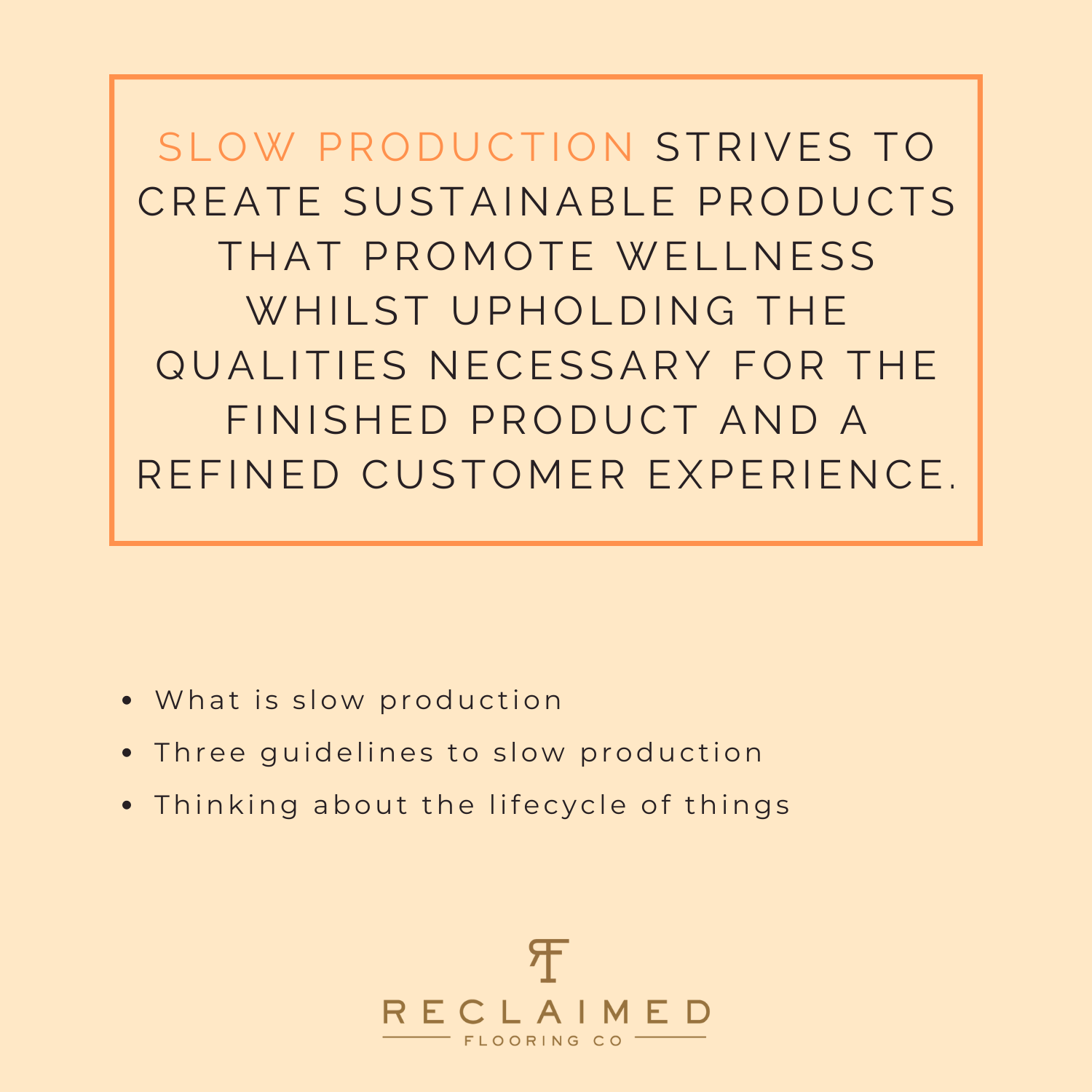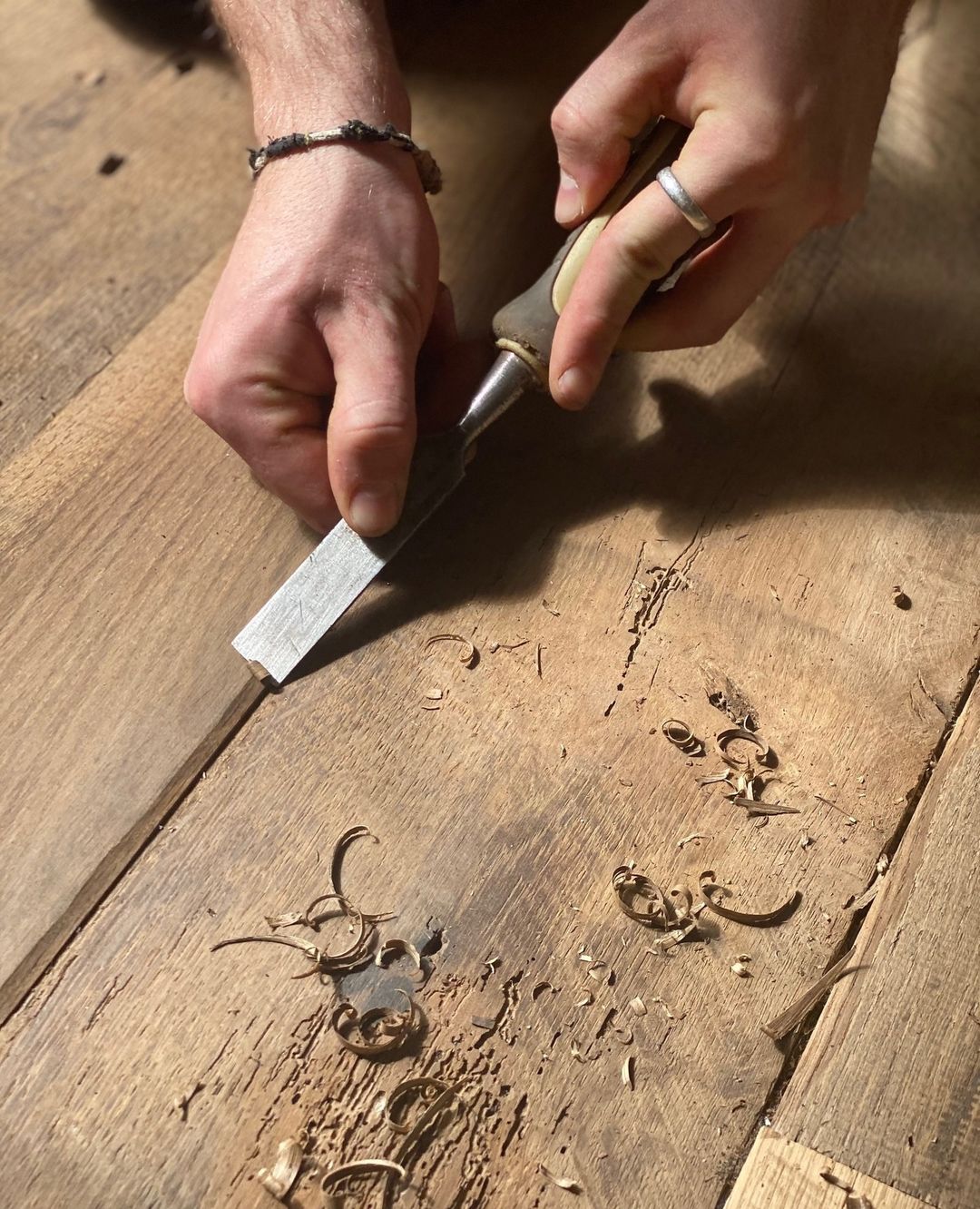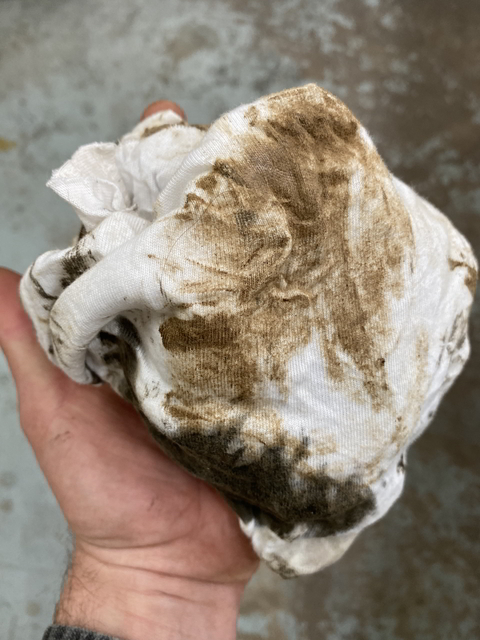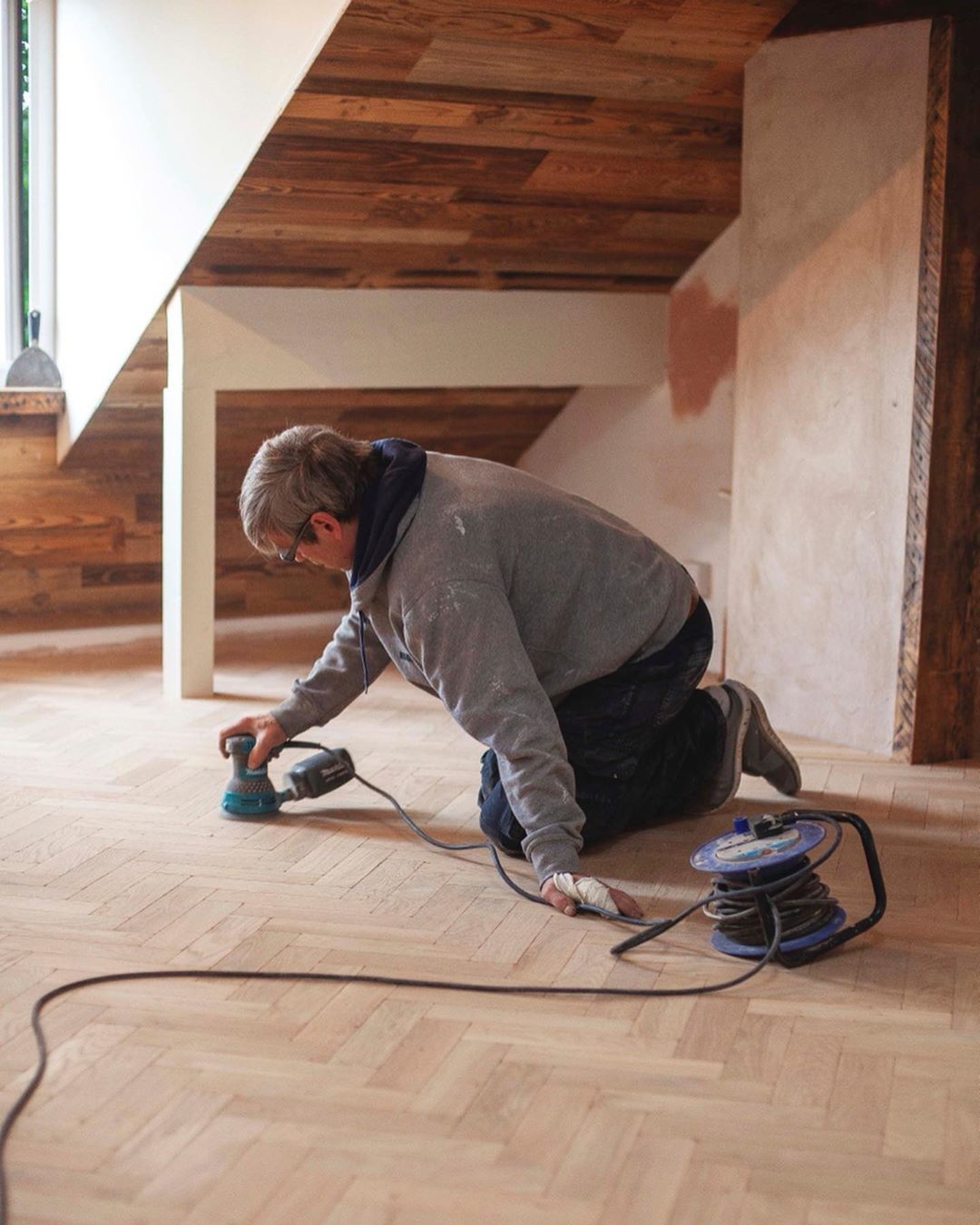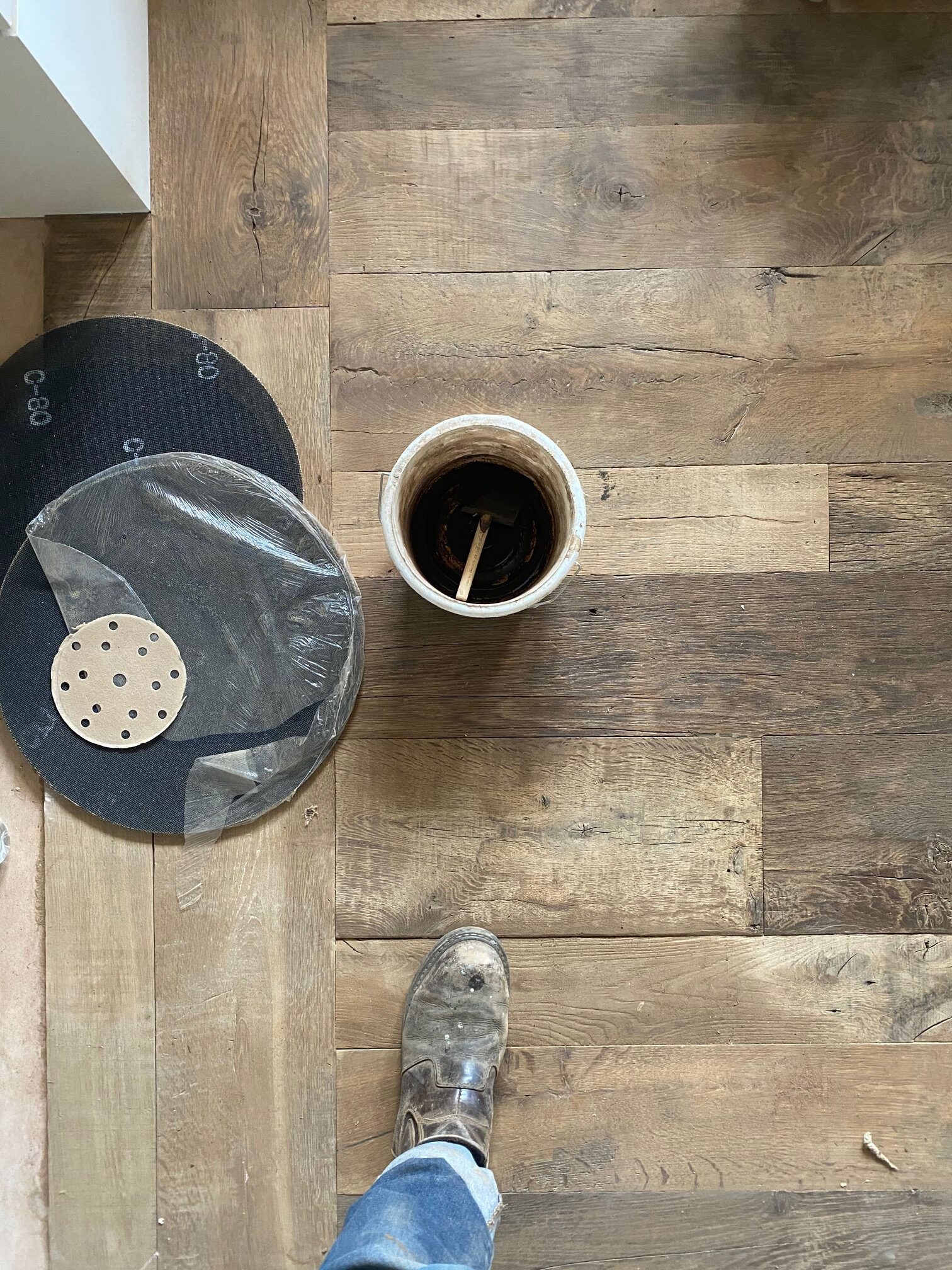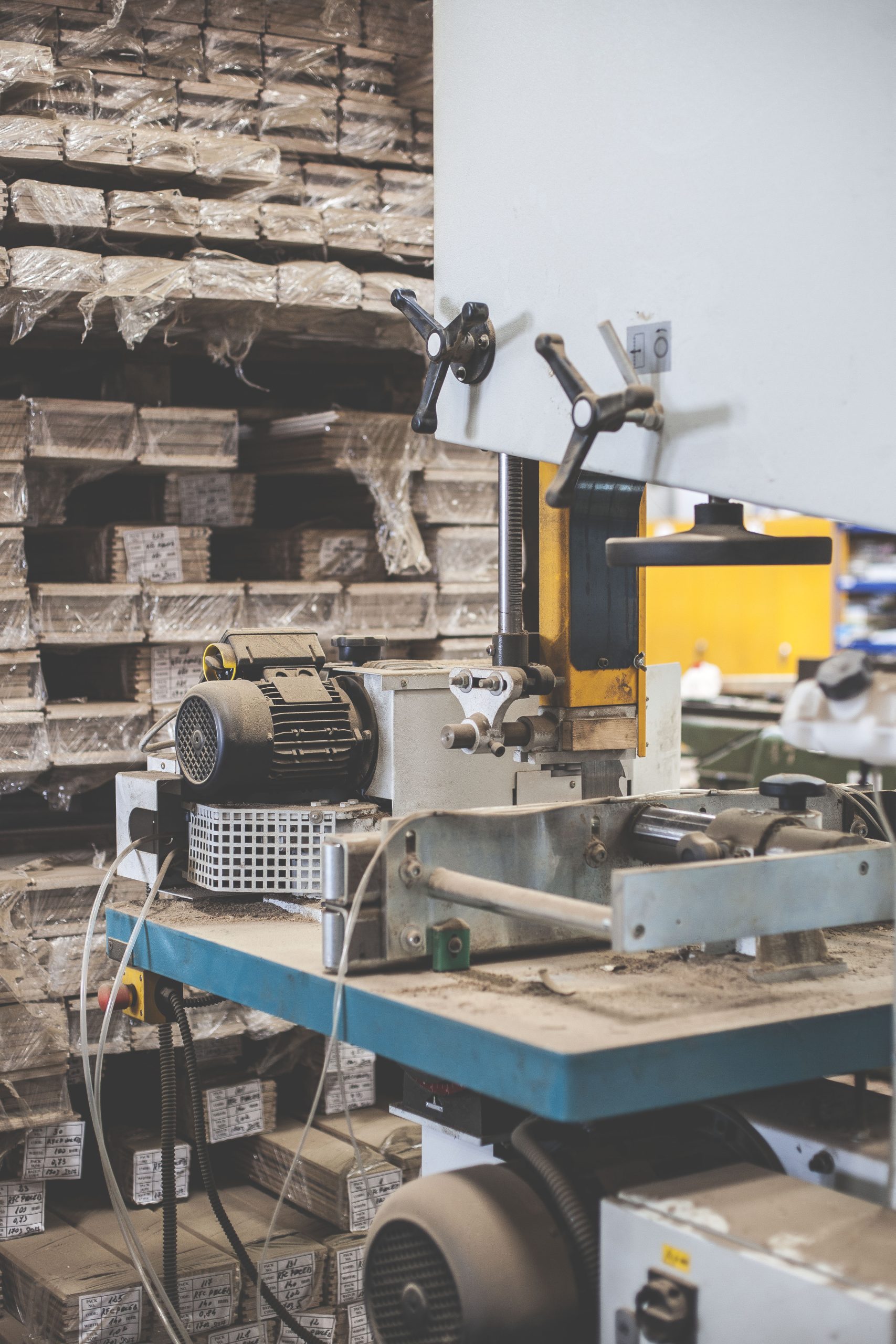
For so long, “slowness” has had a negative connotation within the industrial realm—slow production often meant more expenses and less profit.
Because of this, the idea of slowness as a crucial element in the design and manufacturing of high-quality products is rather novel and uncommon.
The original idea of the slow concept has its roots in the slow food movement, founded in 1986 and evolved into an attempt to reclaim healthy eating practices and local food traditions.
Numerous slow movements have since been initiated, including those that promote slow living, slow economy, slow technology, and slow design.
As technology advances in ways that encourage overproduction and overconsumption and present a threat to the earth’s systems and workers’ quality of life, there has been a renewed focus on slow manufacturing.
If a design is a negotiation between what was and what is, the idea of slow manufacturing fits into this new world that explores what design can be. For some, slow production translates into being ecologically benign; whilst for others, it means a wholesome balance between social, cultural, human, and economic factors.
With each choice and intervention, it presents, in method, material, technique, and strategy, slow manufacturing provides the path to a better world and a more sustainable future that adheres to zero-waste or cradle-to-cradle philosophies.
What is Slow Production?
Beyond simply taking the time to create a product and being cognisant of its carbon footprint, slow manufacturing involves many other factors.
In its simplest interpretation, it describes an increased level of awareness, taking responsibility for daily actions, and the possibility for a richer spectrum of experience for the designer, the artisan, and the end-user.
It comprises, at the very least, the product’s robustness, repairability, the potential for recycling or upcycling, ability to reduce waste and efficient disposal of it.
So, instead of contributing to the overwhelming bigger-faster-immediate culture of the 21st century, slow manufacturing purposefully develops a product that consumers want to endure a lifetime or pass down for generations.
In slow production, an underlying theme is transparency.
Buyers feel a connection to the products they are buying and start to recognise the differences in quality when businesses disclose their manufacturing processes.
Because of this, transparency has become essential in assisting consumers in changing their purchasing behaviours from fast and disposal to slow and informed.
In the slow manufacturing world, simply labelling your product as “high quality” is not enough. Slow process manufacturers should be willing to educate consumers on why their product is superior or how it’s made to last for generations.
Three Guidelines to Slow Production
Much like slow design, which encourages that we design with the user and planet in mind, slow production is all about using locally sourced material, responsibly harvested and put together in ways that do not harm our environment.
To qualify as “slow,” these three points must be considered:
- Awareness of quality products that last for years over meeting ballooning consumer demand.
- Manufacturing that does now harm the planet and takes into consideration the local culture and habits.
- Responsible management that takes into account ethical practices and good treatment of the craftspeople.
Thinking About the Life Cycle of Things
Responding to the increased overproduction and overconsumption, many manufacturing companies continue to explore different approaches to integrate responsible production into their strategic plan.
From design method and material selection to production and ethical working conditions, slow manufacturing paves the way for a sustainable future and challenges us to reconsider our values.
After all, sustainability aims for the long-term well-being of all living things.
Individual elements could be modified, recycled, or upcycled as desired when consumer needs evolve or wear and tear takes its toll.
Rapid manufacturing is no longer a practical production method because it fails to find the right balance between the needs of the local and global environment.
Conclusion
At present, keeping up with trends and satisfying consumer expectations is a race in design and production. By its very nature, slow manufacturing strives to create products that positively promote ecologically sound lifecycles that support the health of the planet and all living things whilst upholding the qualities necessary for the finished product and a refined customer experience.
Slow production minimises waste and energy consumption, enriches the quality of the workers’ livelihood, and provides an opportunity for them to express their capabilities and skills. Exploring traditional ways of manufacturing is therefore sought to create products with an extra value that cannot be achieved through modern processes and technologies.

